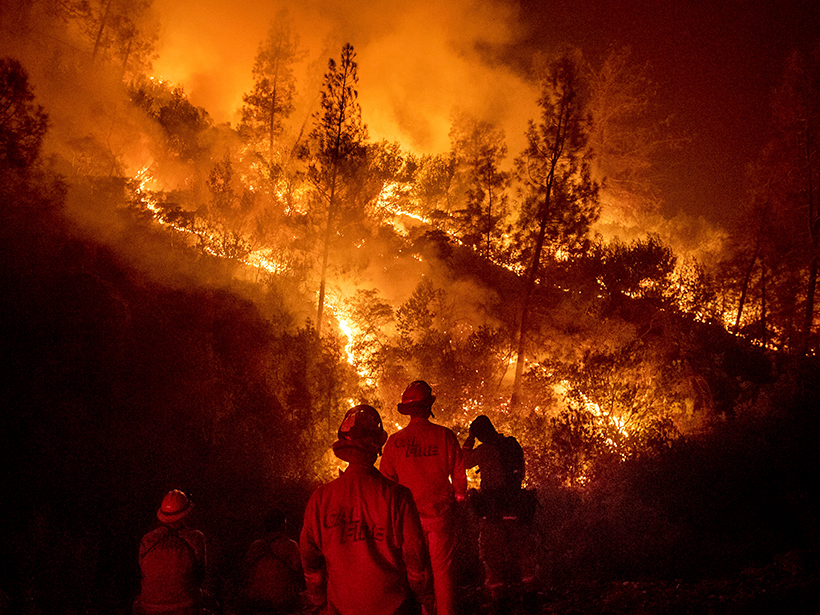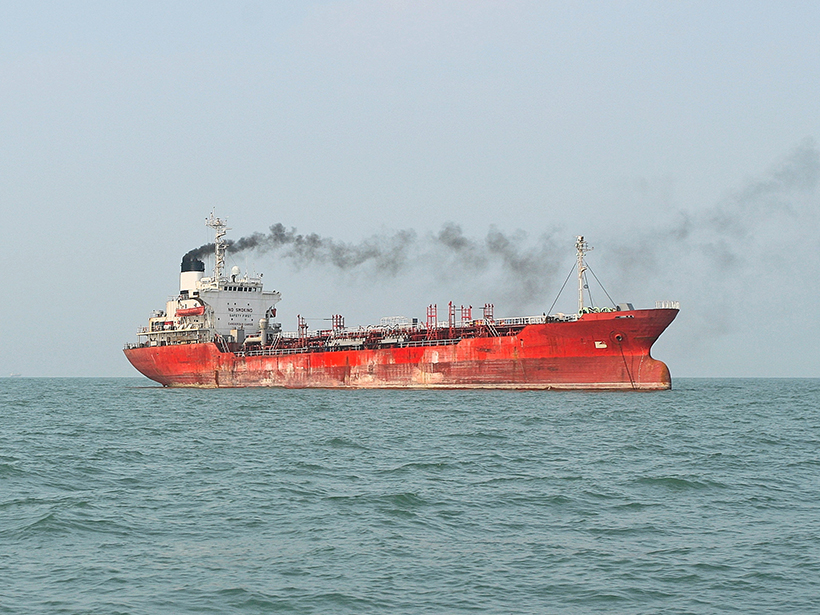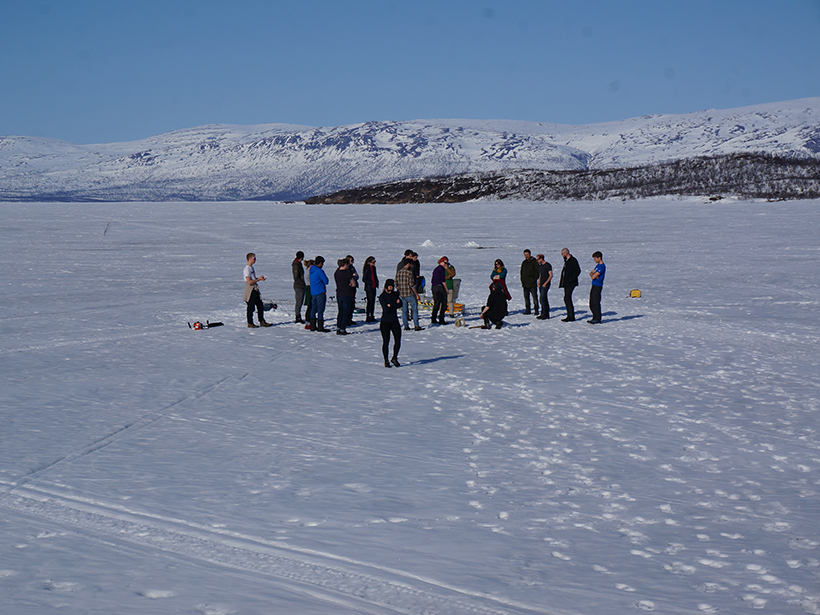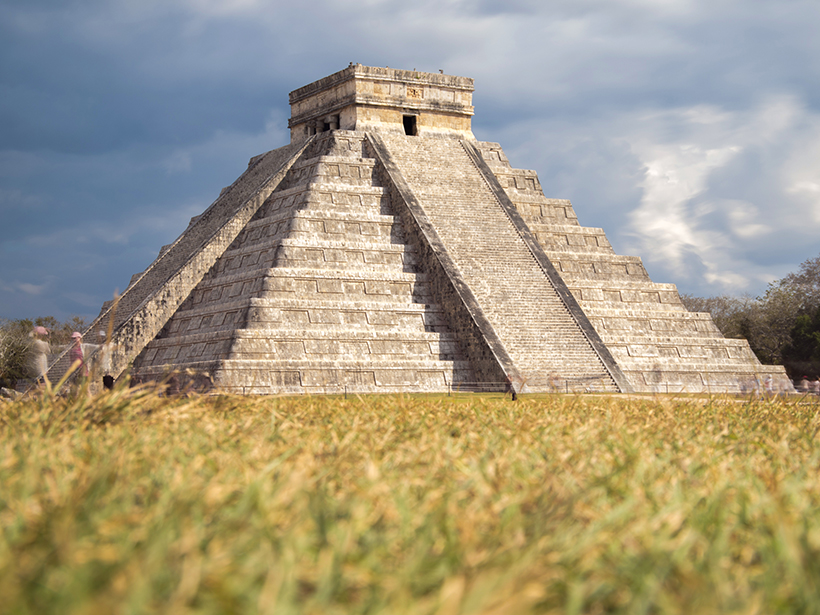Eos speaks with Andy Edman, western region chief of the Science and Technology Infusion Division at the National Weather Service, about how the agency is helping wildfire crews fight fires from space.
Climate Change
Hail Causes the Most Storm Damage Costs Across North America
The icy weather phenomenon leads to more than $10 billion in damages each year. Nonetheless, research on hail is lacking, scientists say.
How Much Land Surface Is Under Water at Any Given Time?
NASA Workshop on Remote Sensing of Inundation Extent; Boulder, Colorado, 21–22 May 2018
Brown Carbon from Increased Shipping Could Harm Arctic Ice
Emission from a ship’s engine gives clues to how much light-absorbing molecules may build up on and above snow and sea ice. Such emissions are likely to increase as more ships venture into the Arctic.
Why Trace Metals Cling to the Ocean’s Skin
Metals within the millimeter-thick sea surface microlayer may impact ocean health and climate.
Training Early-Career Polar Weather and Climate Researchers
Polar Prediction School; Abisko Scientific Research Station, Sweden, 17–27 April 2018
Dinosaur-Killing Asteroid Impact Made Huge Dead Zones in Oceans
The discovery reveals similarities between the extinction event that ended the Mesozoic Era and human-driven global warming.
Improving Air Quality Could Prevent Thousands of Deaths in India
More stringent emission controls are key to the country’s future health.
Modeling the Effects of Geoengineering
Report on the Eighth Annual GeoMIP Meeting; Zürich, Switzerland, 16–17 April 2018
Severe Drought May Have Helped Hasten Ancient Maya’s Collapse
Chemical signatures from sediments in lake cores reveal that the centuries-long drought during the fall of Classic Maya civilization was worse than researchers had imagined.










